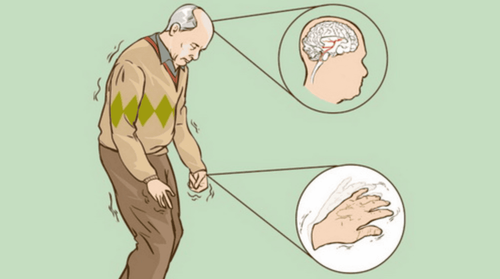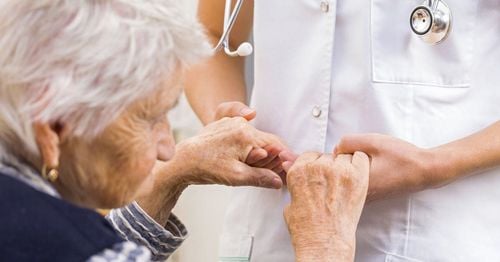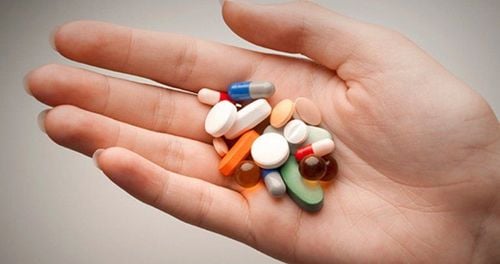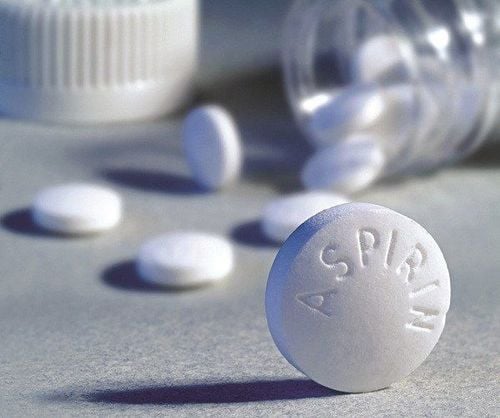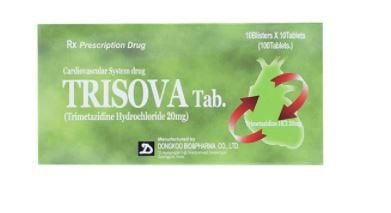This is an automatically translated article.
The article was consulted with Dr. Phan Dinh Thuy Tien - General Internal Medicine - Department of Medical Examination & Internal Medicine - Vinmec Nha Trang International General Hospital.Several studies have been conducted and hypothesized that stroke causes Parkinson's disease to explain the cases where previously perfectly healthy patients may have Parkinson's disease. Researchers believe that stroke is the cause of damage to brain cells responsible for producing dopamine and causing Parkinson's disease.
1. Overview of Parkinson's disease
Parkinson's disease is classified in the group of neurodegenerative diseases. The cause of the disease is thought to be due to the degeneration of neurons in the brain, especially in the region responsible for the production of dopamine, an important neurotransmitter that regulates motor coordination in the body. body.The disease progresses slowly and gets worse over time. The degeneration of nerve cells in Parkinson's disease is irreversible, so current treatment is aimed primarily at symptom relief and improving quality of life. Parkinson's disease has no cure.
British doctor named James Parkinson was the first to discover the disease in 1817, so people took his name to name this disease. Parkinson's disease can be found in all regions of the world. People with Parkinson's disease are mainly people over 60 years old. A small number of cases have been reported at younger ages such as 50, even 30 years old.
People with Parkinson's disease often have characteristic clinical manifestations, varying from mild to severe depending on the stage of the disease. In the early stages, patients often face tremors that appear in both hands and feet. Tremor of the extremities is more pronounced when the patient is at rest, that is, when the limbs stop working. Using your hand to grasp an object causes tremors to lessen or go away.

Run chân tay là biểu hiện thường gặp ở bệnh nhân Parkison
People with Parkinson's disease are also very prone to falls or injuries due to poor balance. Some more severe manifestations also appear if the patient suffers from the disease for a long time such as memory impairment, depression, hallucinations, delusions, sleep disturbances...
Parkinson's disease is not a disease, but cause death but significantly impair the patient's quality of life. The disease progresses silently over time, severe symptoms gradually appear, but many patients can still maintain their life and work within normal limits for many years if they adhere to the treatment well. .

Bệnh parkinson có thể gây sa sút trí tuệ ở người bệnh
2. How does a stroke cause Parkinson's disease?
A stroke is a disease that affects the blood vessels in the brain. The rich vascular system in the two cerebral hemispheres is responsible for providing oxygen for local activities and metabolism. When these blood vessels are blocked or their walls are damaged, causing an intracranial hemorrhage, a stroke occurs. Stroke puts a heavy burden on both the patient and the family.Recently, many studies have found that stroke is also considered a cause of Parkinson's disease. Transient ischemic attacks, meaning no symptoms, can damage nerve cells and cause parkinsonism. Transient ischemic attacks are considered mild strokes, occurring when the cerebral blood vessel is blocked for a short time not enough to cause clinical symptoms and the patient is not aware.
However, the impact of these transient ischemic events affects the production of the active ingredient dopamine. Especially when the blocked blood vessels are located in the black crescent area of the brain, this is the main place responsible for the production of dopamine. Dopamine is an active neurotransmitter that is responsible for connecting and coordinating different movements in the body.
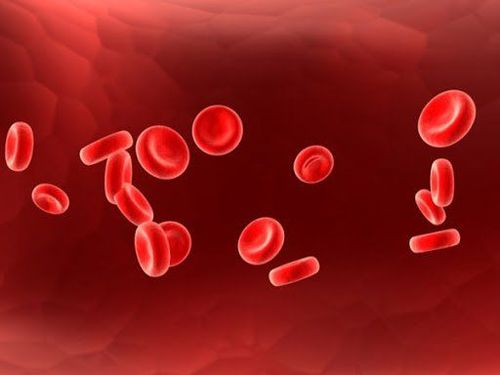
Các cơn thiếu máu não thoáng qua được coi là nguyên nhân dẫn đến đợt đột quỵ nhẹ
Many tests to induce mild strokes or transient ischemic attacks in rats have been conducted. As a result, damage to brain cells is recorded. This further reinforces that stroke pathology, including even minor strokes, can also be the cause of Parkinson's disease.
The benefits of research do not stop at discovering more about Parkinson's disease, but also raising awareness of stroke patients or those at high risk of stroke.
People with stroke need to be prescribed anti-inflammatory drugs as soon as possible to limit the area of brain damage. In addition, it is necessary to encourage and educate people about measures to help prevent vascular diseases and limit the risk of stroke.
Among those measures, Magnetic Resonance Imaging - MRI/MRA is considered a "golden" tool for brain stroke screening. MRI is used to check the condition of most organs in the body, especially valuable in detailed imaging of the brain or spinal nerves. Due to the good contrast and resolution, MRI images allow to detect abnormalities hidden behind bone layers that are difficult to recognize with other imaging methods. MRI can give more accurate results than X-ray techniques (except for DSA angiography) in diagnosing brain diseases, cardiovascular diseases, strokes,... Moreover, the process MRI scans do not cause side effects like X-rays or computed tomography (CT) scans.\
Vinmec International General Hospital currently owns a 3.0 Tesla MRI system equipped with state-of-the-art equipment by GE. Healthcare (USA) with high image quality, allows comprehensive assessment, does not miss the injury but reduces the time taken to take pictures. Silent technology helps to reduce noise, create comfort and reduce stress for the client during the shooting process, resulting in better image quality and shorter imaging time. With the state-of-the-art MRI system With the application of modern methods of cerebral vascular intervention, a team of experienced and well-trained neurologists and radiologists, Vinmec is a prestigious address for stroke risk screening and screening. reliable goods.
In the past time; Vinmec has successfully treated many cases of stroke in a timely manner, leaving no sequelae: saving the life of a patient suffering from 2 consecutive strokes; Responding to foreign female tourists to escape the "death door" of a stroke;...
Please dial HOTLINE for more information or register for an appointment HERE. Download MyVinmec app to make appointments faster and to manage your bookings easily.





